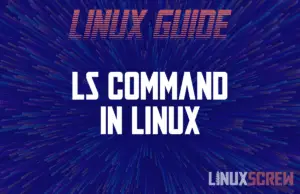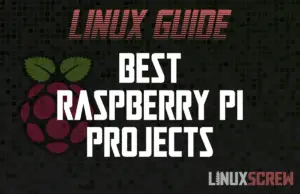Home » Linux
How to Install Ubuntu MATE 2020.10 on a Raspberry Pi (With Screenshots)
Ubuntu is (arguably) the most popular Linux distribution. Ubuntu MATE is a great, performance-conscious, lightweight Ubuntu-based distribution that is perfect for low-cost platforms like the Raspberry Pi where you may want to forgo some of the bells and whistles for better performance. If you’re just getting started learning Linux and programming you may not want to risk trying things out on your day-to-day computer (you might be worried about breaking it for work or school), a Raspberry Pi is a great way to experiment with … Read more










